In March 2020, the Sid Richardson Museum will open In a Different Light: Winslow Homer & Frederic Remington. The exhibition will offer a reexamination of Remington alongside Homer, two giants in American art.
Winslow Homer (1836-1910) was one of the most celebrated American painters of the 19th century. Likewise, Frederic Remington (1861-1909) is considered to be one of the greatest artists of the American West. Though born a generation apart, Homer and Remington were both at the height of their careers in the 1880s and 90s.
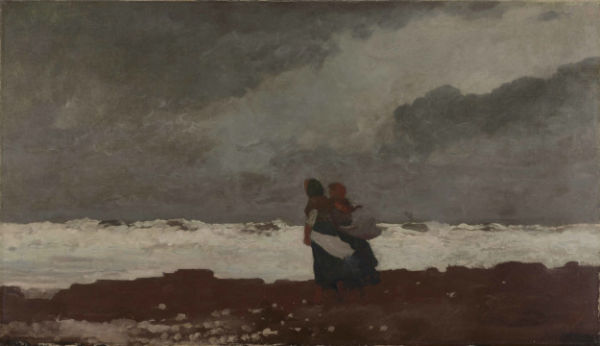
Winslow Homer (1836-1910) | Two Figures by the Sea | 1882 | Oil on canvas | Denver Art Museum | 1935.8
The installation at The Sid is centered on the loan of Homer’s 1882 painting, Two Figures by the Sea, from the Denver Art Museum. This important painting, made at the end of his time in Cullercoats, England in the early 1880s, marks a major turning point in Homer’s career and his turn to major seaside subjects. The painting will be accompanied by a group of works on paper by Homer on loan from the Amon Carter Museum and McNay Art Museum that will change out over the course of the installation.
A larger exhibition of the works of Winslow Homer and Frederic Remington will be touring the country from March 2020 through January 2021. The exhibition begins at the Denver Art Museum, Denver Colorado, in March, and then travels to the Portland Museum of Art, Portland, Maine, in July and concluding at the Amon Carter Museum of American Art beginning in October.
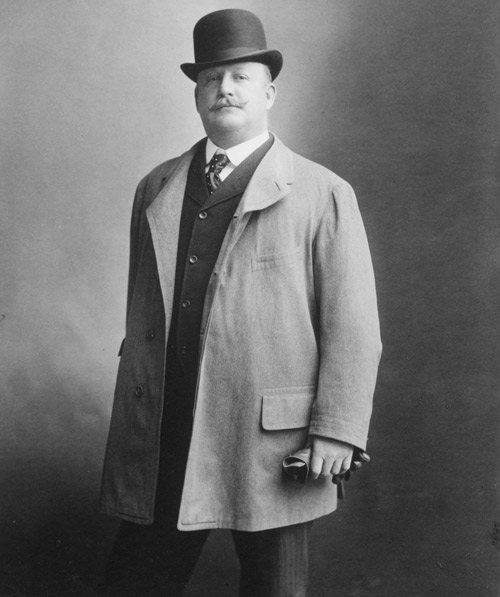
Frederic Remington
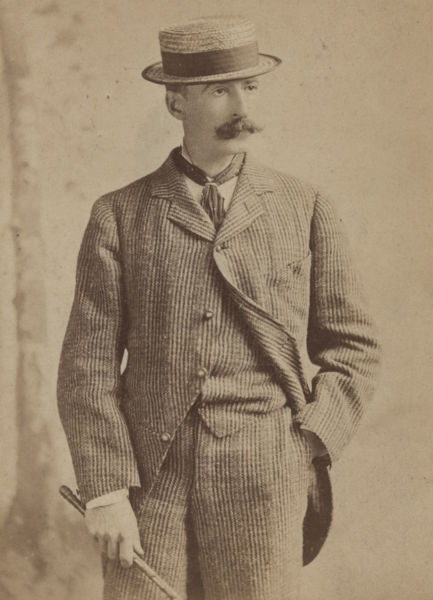
Winslow Homer
Art historians have found many parallels between the two artists in both their art and careers.
Both Homer and Remington worked in New York. The two artists shared the same dealer (Knoedler & Co.) and a similar type of buyer (industrialist business men). Both artists made their start as illustrators working for the popular magazines of the period (Harper’s Weekly, Scribner’s Monthly, etc), particularly as war correspondents (Homer with the Civil War; Remington with the Indians Wars in the Southwest and Spanish American War in Cuba). Neither man wanted to be considered an illustrator but rather as a fine artist, though it’s their early careers as an illustrator that was essential to their success.

Stereoscopic photograph of the Knoedler gallery interior, c. 1860–1880. By Unknown – This image is available from the New York Public Library’s Digital Library under the digital ID G91F205_006F: digitalgallery.nypl.org → digitalcollections.nypl.org, Public Domain
Homer and Remington were both largely self-taught artists. Likewise, both excelled in other mediums other than oil; Homer with watercolor and printmaking, and Remington with bronze sculpture. Comparison of their works reveals their use of generic character types set against the dangers of the natural world. And most importantly for viewers, both artists knew how to distill a narrative to its essential elements.
Where the two men differ is largely in their subject matter. Homer found inspiration in the seaside life of the East coast. Remington, on the other hand, found inspiration in the landscapes of the American West and the people who occupied that space. Join us for In a Different Light: Winslow Homer & Frederic Remington as we explore the perils of the sea alongside the dangers of the western plains in the works of these two giants of 19th-century American art.
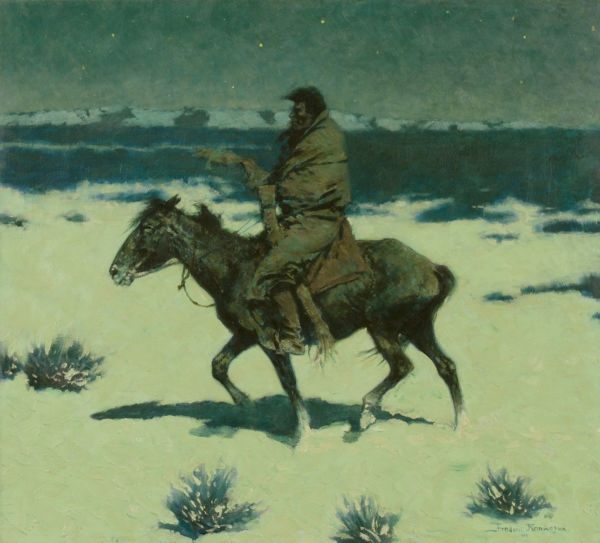
The Luckless Hunter | Frederic Remington | 1909 | Oil on canvas | 26.875 x 28.875 inches



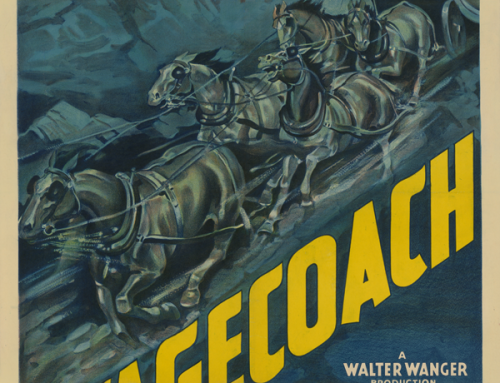
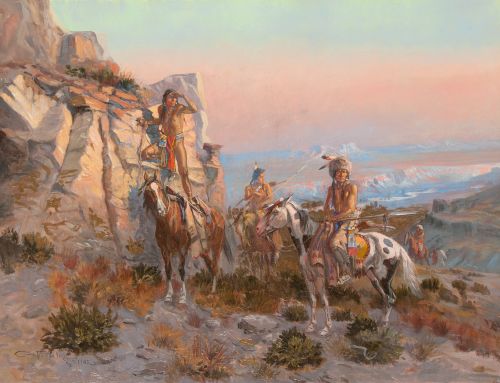
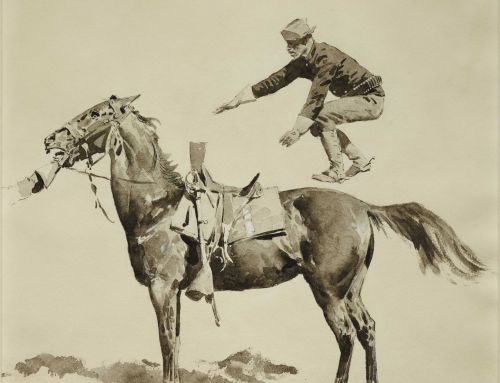
Really looking forward to this exhibit. How long will it be here?
Through Feb. 2021.
[…] current exhibit, In A Different Light: Winslow Homer & Frederic Remington, explores some of the comparisons in the careers of these two iconic American artists. One of those […]